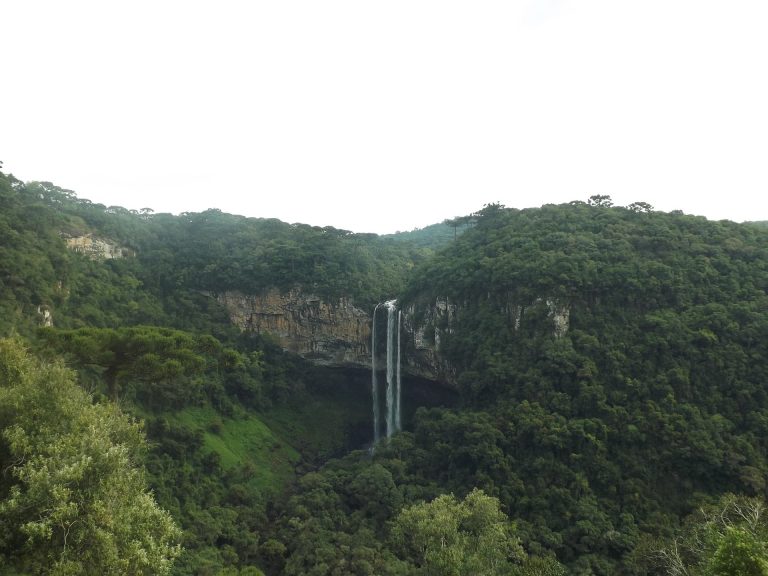
Hunger and violence characterize the lives of a total of 43,000 Guaraní in the state of Mato Grosso do Sul in southeast Brazil. They have been driven off their land and mostly camp on the roadside amidst large sugar cane, soya and maize plantations or pastures.
95 percent of the forest was cleared here. Large areas were planted with African grasses to be used as pastures. There is hardly any space left for indigenous plants. The Guaraní have no chance of finding or growing enough food on the remaining land.
Frustration and violence within the communities are also great. When they try to occupy and actively reclaim parts of their ancestral land, they are often forcibly displaced by large landowners. Between 2003 and 2010, 250 Guarani were killed. In late 2015, early 2016, unscrupulous attacks on their communities also increased.
Who Are the Guaraní
The Guaraní are one of South America’s largest indigenous peoples, with about 225,000 people. They are spread across Bolivia, Argentina, Paraguay and seven Brazilian states. The semi-nomadic hunter-gatherer people traditionally supplement their subsistence economy with common agriculture. The very spiritual Guaraní live in extended families in an ancestral area, which for them is both the origin and the centre of their culture.
The Kaiowá Guaraní are the largest of the three Guaraní groups in Mato Grosso do Sul, with about 30,000 members. Kaiowá means “forest people” or “rulers of the forests”. Originally they populated about one third of the present-day state. Now they have to survive on about one percent in tiny plots or reserves. And even this is disputed by big landowners (Fazendeiros). The approximately 12,000 Indians in the Dourados reserve, for example, have barely more than 3,000 hectares of land at their disposal. Many Kaiowá no longer own any land at all and have to live in tents or under plastic tarpaulins on the edge of the highways. More than 80 new sugar cane plantations are planned in Mato Grosso do Sul, often on Guaraní land.
Poverty and Impoverishment
The land grab destroys the social structure of the communities. Traditional subsistence farming is not possible in the overcrowded camps. The destruction of the forests makes hunting and fishing impossible. Work in the sugar cane plantations is poorly paid, and the working conditions are miserable. In March and November 2007, for example, inspectors from the Ministry of Labour liberated more than 1,100 Kaiowá-Guaraní and Terena from the most unworthy conditions in sugar cane factories.
Child mortality in the reserves is twice as high as in the rest of Brazil. Since 2005, at least 53 Guaraní children have starved to death. The social impoverishment provokes a wave of suicides that is unique in Latin America to this extent. According to UN reports, 625 Guaraní have taken their own lives since 1981, the youngest was only nine years old. Especially many young Guarani see no sense in the “search for a country without evil” – as it is called in their mythology.




